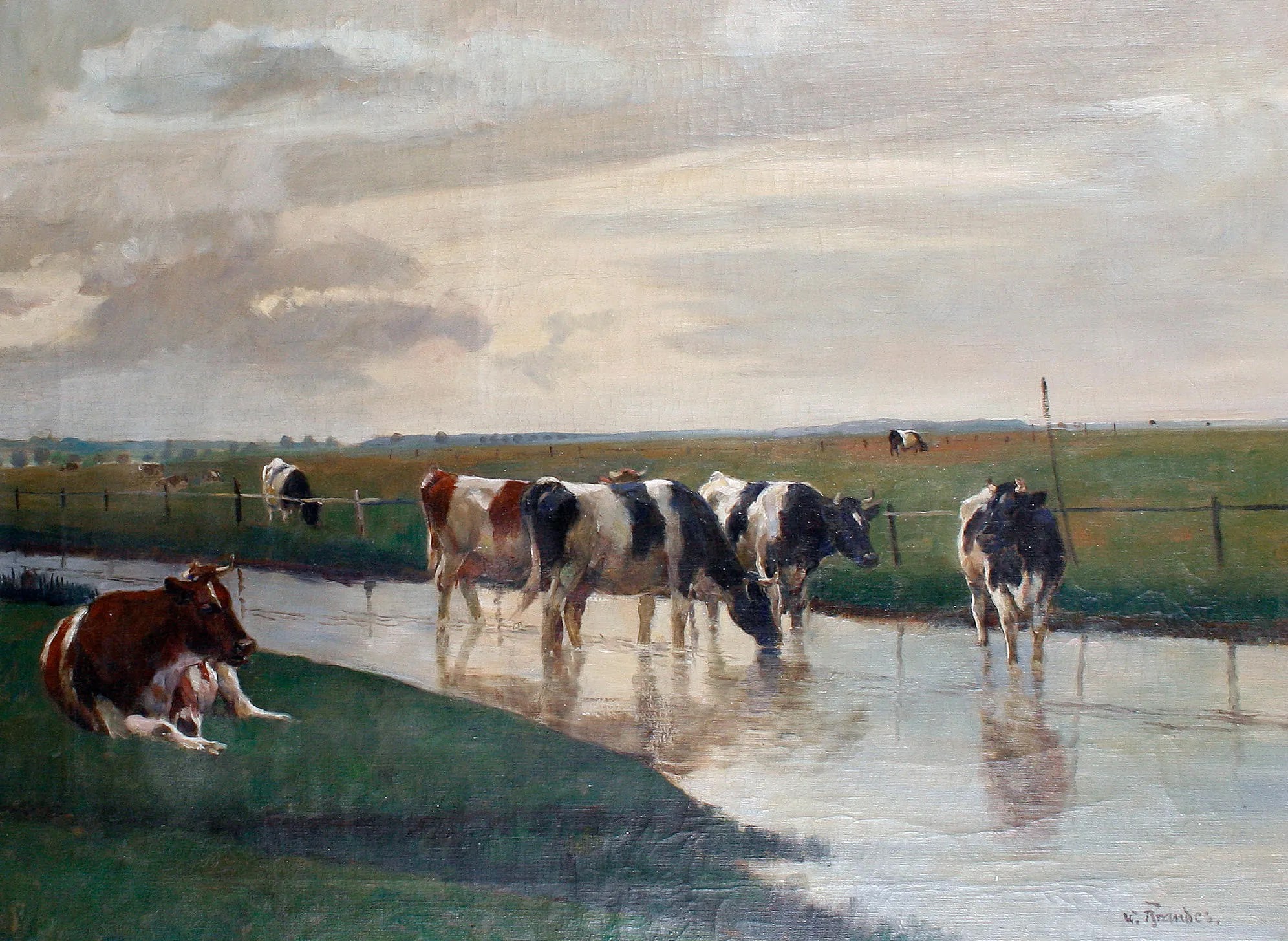Paul Falconer Poole RA (1806-1879) was a well-known British painter from Bristol, famous for his subject and genre paintings.
Life and Work
Poole taught himself how to paint and became famous for his amazing use of color, poetic style, and dramatic flair. He first displayed his work at the Royal Academy when he was twenty-five, with a piece called “The Well,” which showed a scene in Naples. After a seven-year break, he exhibited again with “Farewell, Farewell” in 1837, and then with other works like “The Emigrant’s Departure,” “Hermann and Dorothea,” and “By the Waters of Babylon.”




